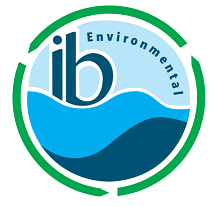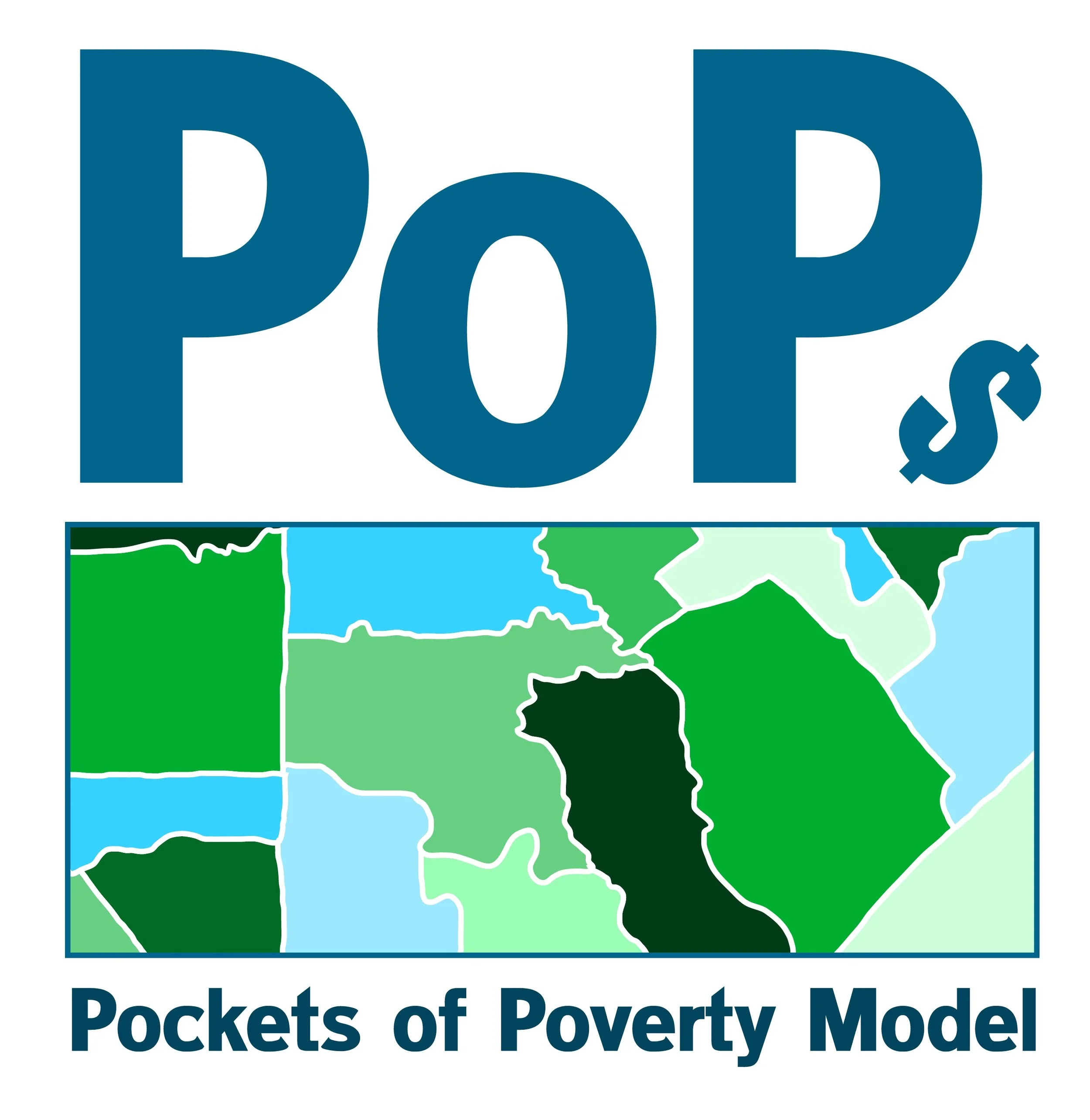Pockets of Poverty (PoPs) Model
Mapping the intersection of poverty, energy, and water to drive informed decision making
The Pockets of Poverty Model (PoPs) was developed internally at ibE to address gaps in existing affordability mapping tools, specifically:
the ability to integrate custom boundaries when assessing affordability (beyond city or county boundaries); and,
the ability to customize billing inputs to reflect actual and hypothetical utility bill data
Incorporating locally specific boundaries and actual utility bills enables us to provide greater clarity to decision-makers, ensuring that affordability assessments are truly representative of the actual costs for affected populations and that efforts to address affordability are directed effectively. Learn more about why we developed PoPs in our blog post, Pockets of Poverty: A Finer Lens on Utility Affordability and Equity.
The PoPs model can be used in multiple contexts. Mapping socioeconomic indicators and utility burdens across a community can provide depth to affordability discussions, by highlighting spatial context to localized affordability dynamics. Learn more about how PoPs can be applied in our Transitioning to Clean Energy Post.
PoPs can map over 20 different affordability-related metrics, aggregating metrics from individual census tracts into customized map groups. Metrics can be divided into percent or quantity of households or population. PoPs measures:
Demographic & Population Characteristics
Metrics that describe the size, composition, and structure of the population.
Dependency Ratio
Old-Age Dependency Ratio
Child Dependency Ratio
Land Area
Population
Households
Socioeconomic Indicators
Metrics that measure income, employment, and general economic well-being.
Income at the 50th Percentile Median Household Income (MHI)
Income at 20th Percentile
Unemployment %, Age 16 and Over
Poverty & Public Assistance Utilization Rates
Metrics that capture poverty levels, economic hardship, and reliance on assistance programs.
Social Security Income
Supplemental Security Income (SSI)
Poverty Levels
Food Assistance
Cash/Public Assistance
Utility Burdens
Metrics that measure household costs and affordability related to essential utilities, including water and energy services.
Water Burdens
Metrics reflecting the share of household income spent on water-related services:
Water Only Burden – Cost burden from water bills alone.
Sewer Only Burden – Cost burden from sewer service charges alone.
Stormwater Only Burden – Cost burden from stormwater management fees alone.
Combined Water Burden – Total cost burden from any combination of water, sewer, and stormwater bills.
Energy Burdens
Metrics reflecting the share of household income spent on energy use:
Electricity Only Burden – Cost burden from electricity bills alone.
Gas Only Burden – Cost burden from natural gas bills alone.
Combined Energy Burden – Total cost burden from a combination of electricity and gas bills.
Combined Water & Energy Burden
A comprehensive metric representing the total share of household income spent on both water and energy utilities.





